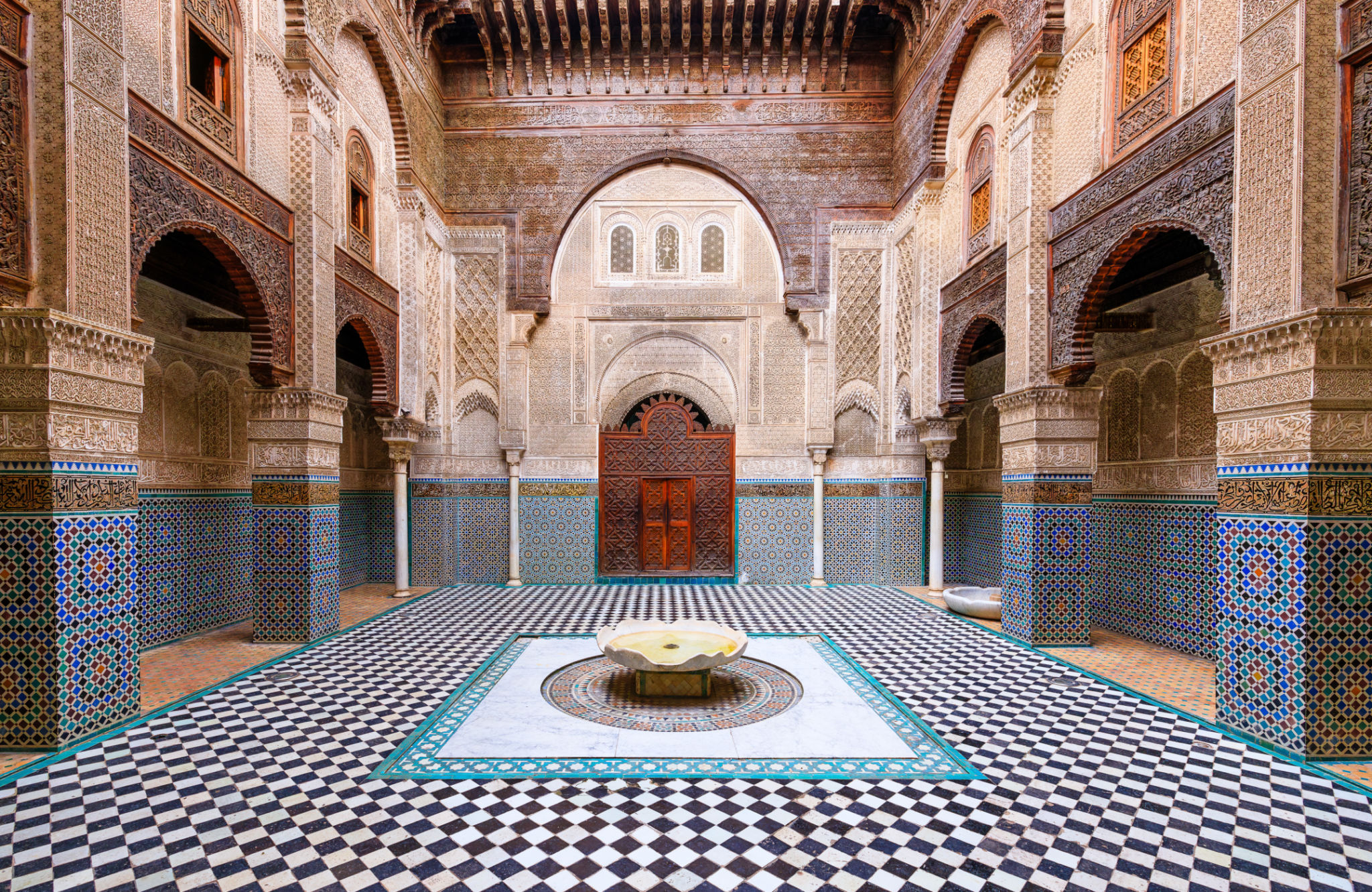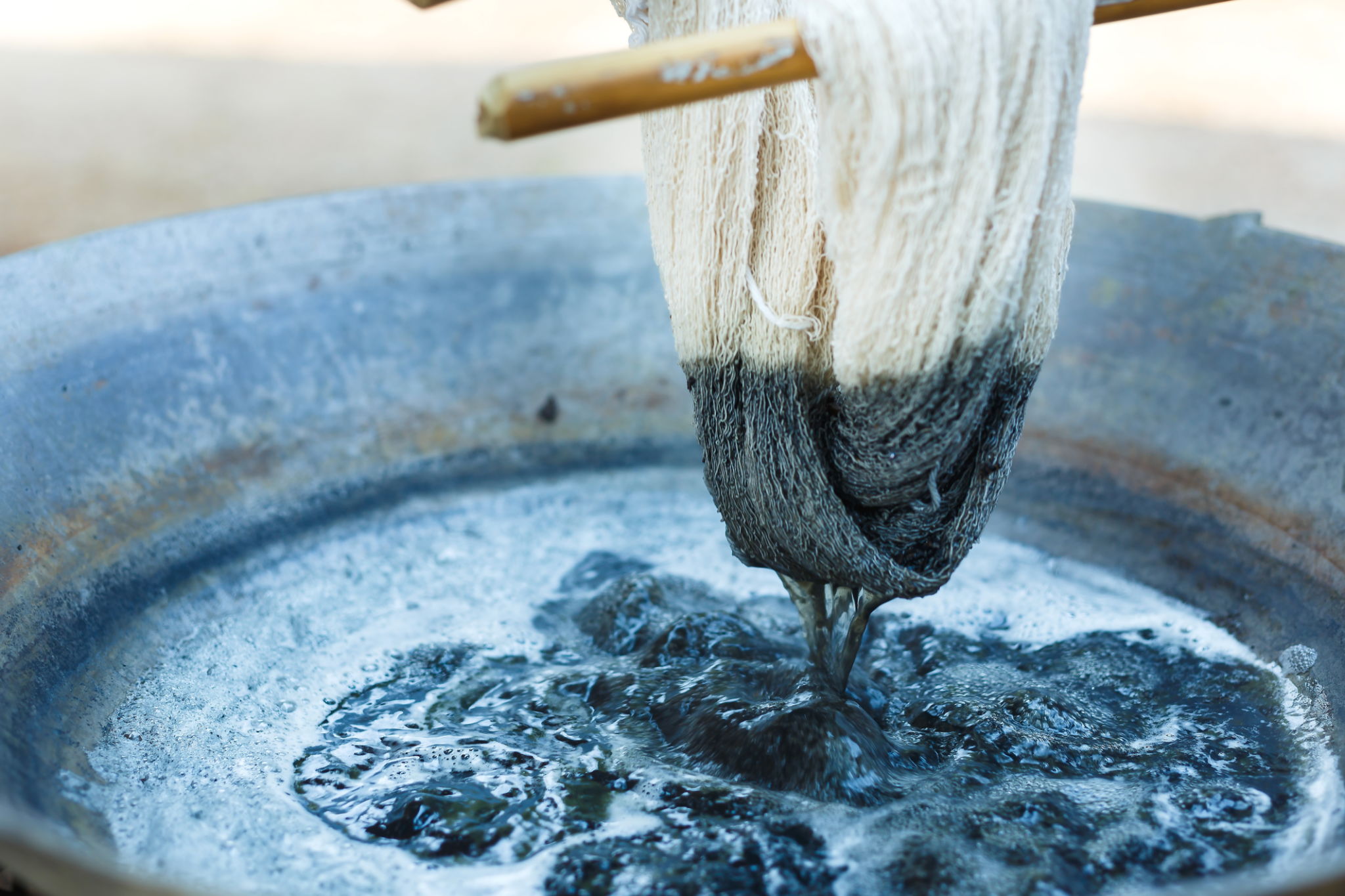Exploring the Rich History of Dyeing in Lombardia
The Ancient Roots of Dyeing in Lombardia
Lombardia, a region rich in cultural heritage and craftsmanship, boasts a storied history of textile dyeing that dates back centuries. This art form, which involves adding vibrant color to fabrics, has been integral to the region's economy and cultural identity. From the use of natural dyes to innovative techniques developed over time, Lombardia's dyeing traditions offer a fascinating glimpse into the past.
During the medieval period, natural dyes sourced from plants, minerals, and insects were the primary materials used in the dyeing process. These dyes produced a range of colors, each with its own significance and symbolism. The art of extracting and applying these colors was a closely guarded secret, passed down through generations of artisans.

The Renaissance Influence
The Renaissance period marked a significant evolution in the dyeing industry in Lombardia. As trade routes expanded and scientific knowledge grew, dyers began experimenting with new materials and techniques. The introduction of alum as a mordant, for example, revolutionized the dyeing process by allowing colors to bind more effectively to fabrics.
This era also saw the rise of guilds, which played a crucial role in regulating the quality and standards of dyed textiles. Guilds ensured that only skilled artisans could practice the craft, maintaining high standards that helped Lombardia's textiles gain international acclaim.

Industrialization and Technological Advancements
The Industrial Revolution brought about transformative changes to the dyeing industry in Lombardia. With the advent of synthetic dyes in the 19th century, dyers could produce a broader spectrum of colors more consistently and at a lower cost. This innovation dramatically increased production efficiency and allowed for greater experimentation with color.
Despite these advancements, many traditional dye houses in Lombardia continue to preserve ancient techniques. These establishments offer a unique blend of history and modernity, where age-old methods coexist with cutting-edge technology. Visitors to the region can still witness the intricate process of hand-dyeing using natural dyes, providing a tangible link to the past.

Cultural Significance and Modern Revival
Today, there is a renewed interest in sustainable and eco-friendly practices in the textile industry. This has led to a resurgence of traditional dyeing techniques in Lombardia, as artisans seek to reduce environmental impact by returning to natural dyes and methods. This movement not only preserves cultural heritage but also aligns with contemporary values of sustainability.
Workshops and educational programs have emerged across Lombardia, inviting enthusiasts and professionals alike to explore the rich history and practice of dyeing. These initiatives aim to keep the tradition alive while fostering innovation and creativity among new generations of artisans.

Conclusion: A Legacy That Endures
The history of dyeing in Lombardia is a testament to human ingenuity and adaptability. From its ancient roots to modern revival efforts, the region's dyeing traditions continue to thrive, reflecting both a deep respect for heritage and an embrace of innovation. As we look to the future, the enduring legacy of Lombardia's dyeing industry serves as an inspiration for sustainable practices and cultural preservation worldwide.
